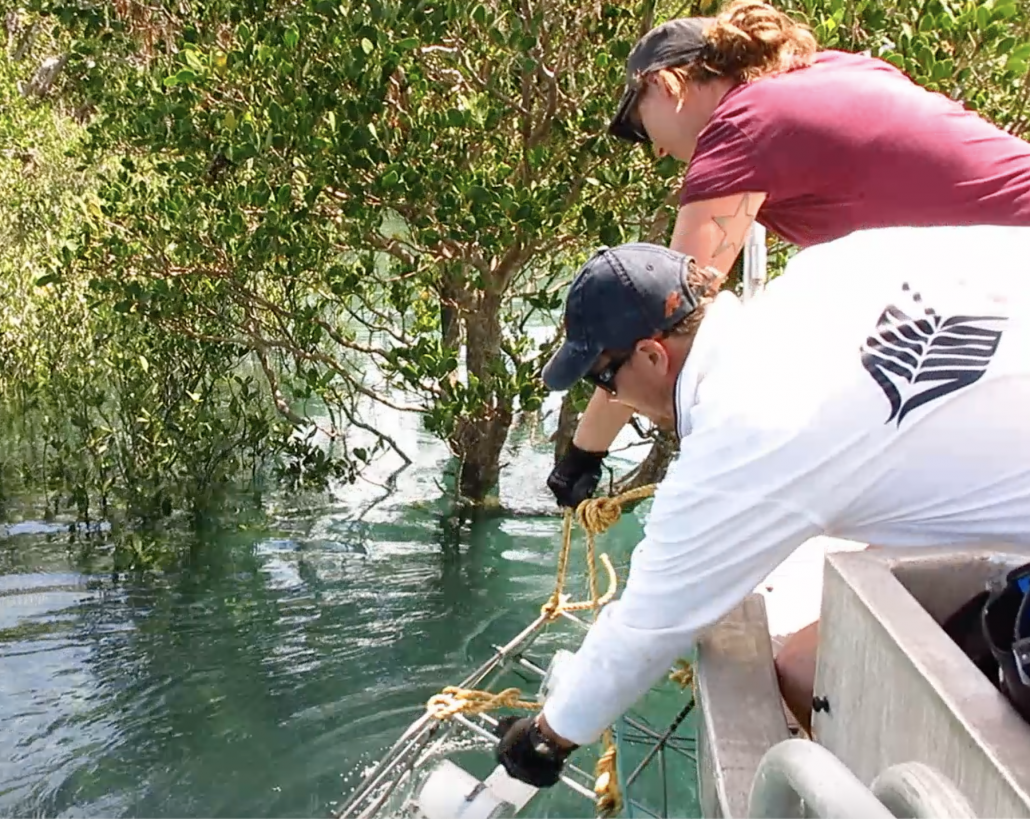WA Blueprint Priorities for Marine Research Under Review
Western Australia’s Blueprint for Marine Science is undergoing a five-yearly review by the Western Australian Marine Science Institution to assess and update research priorities that may have changed under current economic and environmental forecasts.
The aim of the Blueprint is to support future decision making by providing evidence-based scientific support that recognises the needs of Western Australia’s marine industries, managers, regulators and the wider community.
First published in 2015, The Blueprint identified more than 100 sector-specific knowledge gaps through a comprehensive program of stakeholder engagement. The initial science priorities were also consistent with the science community led National Marine Science Plan.
CEO Dr Luke Twomey said, as custodians of the Blueprint, The Western Australian Marine Science Institution (WAMSI) will revisit the Blueprint to maintain an understanding of the ongoing marine research priorities in Western Australia.
“Over the past five years WAMSI and other organisations have made great inroads into meeting priorities listed in the 2015 Blueprint,” Dr Twomey said. “Most notably, Western Australia has come a long way toward developing the future of shared data platforms, including the development of the Index of Marine Surveys for Assessments (IMSA) portal. Now, given major disruptions to regional, national and global socio-political drivers, we expect to observe a shift in the priorities and focus across the different sectors.”
Over the coming weeks WAMSI will revisit stakeholders across the different marine sectors in WA to discuss and document whether the previously identified priorities are still valid or if they have changed.
“What we want to learn from industry, environment managers and regulators is, what has changed for them over the past five years, what marine research areas are important to them now, and how marine research can help improve confidence in the decisions they need to make about the shared marine environment,” Dr Twomey said.
The outcomes are expected to be released in a report by mid-2021.

